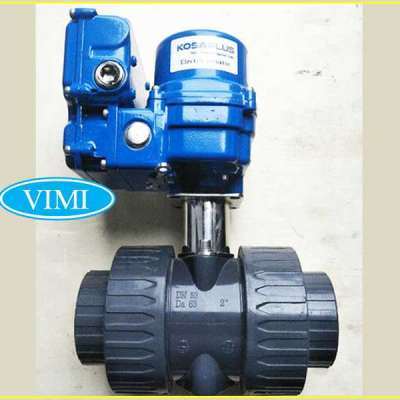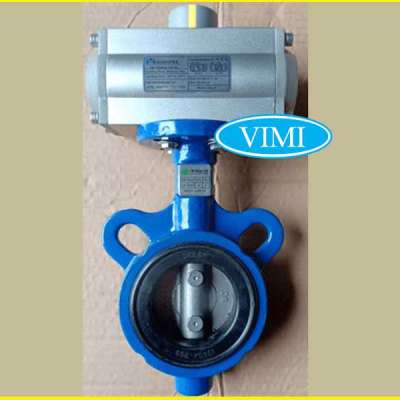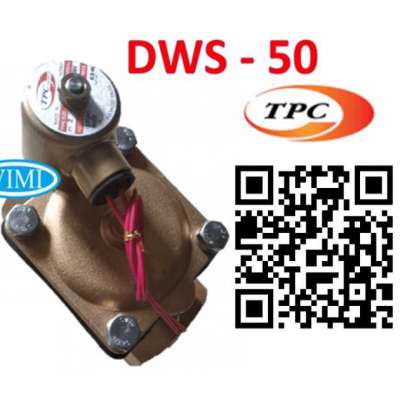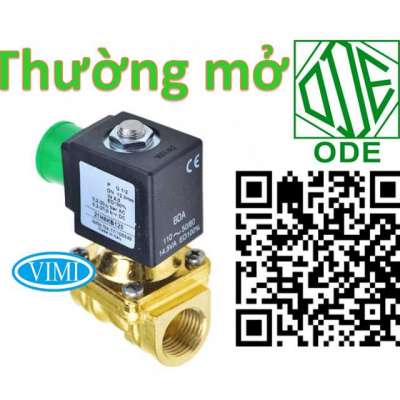Troubleshooting Common Issues with AV Products
Introduction
Audio visual (AV) products like speakers, soundbars, projectors, and displays have become essential home entertainment devices. However, like any other electronic equipment, they are also prone to technical issues from time to time that can disrupt your home theater experience. In this blog post, we will discuss some of the most common problems faced with AV products and provide tips on how to troubleshoot and solve them.
Connection and Setup Issues
One of the main sources of frustrations with AV products stems from issues related to connections and setup. Ensuring proper connections and configuration is essential for your equipment to work seamlessly. Here are some common connection problems and their fixes:
No Sound from Speakers
One of the most basic problems is when you turn on your AV receiver or soundbar but get no sound output from the connected speakers. Here are some things to check:
Ensure speaker wires are securely connected at both ends to the AV receiver/soundbar and speakers. Check for any loose connections.
Make sure the speaker setup in the receiver/soundbar menu matches the actual speaker configuration. For example, if you have a 5.1 setup, the speaker setting should be selected as 5.1 not 2.1.
Check if the speaker wires have accidentally been connected to the wrong terminal ports at the receiver/soundbar end.
Try a different audio source to rule out any issues specific to a particular input.
Make sure the volume/mute settings are not accidentally turned all the way down.
HDMI Connectivity Issues
HDMI has become the most common connection type for seamless delivery of audio and video between devices. However, it is also prone to intermittent connection dropouts. Here are some potential fixes:
Check if all HDMI cables being used are high-speed HDMI certified. Old or low-quality cables can cause issues.
Try changing ports at both the source and display ends to rule out any faulty ports.
Ensure proper HDMI cable routing without obstructions or tight bends that could damage the cable.
Check display settings like HDMI mode and audio output settings for any issues. Resetting to factory defaults may help.
As a last resort, try changing HDMI cables if the issue appears to be cable-specific. Premium shielded HDMI cables offer more reliable performance.
Projector Setup Troubleshooting
projectors require more attention during setup compared to TVs. Here are some tips to resolve common projector issues:
Make sure the projector is mounted at the correct distance from the wall/screen for the projected image size. Image may appear blurry if the distance is incorrect.
Adjust projection angle if image is skewed or trapezoidal. Projector feet may need leveling for proper alignment.
Check that lamp is securely fitted and powered on if image appears dark or blank. Replace if nearing end of life.
Focus image sharpness using projector lens adjustment. Moving the projector slightly may also help with sharpness.
Ensure projector resolution matches the native resolution of content being played for optimal picture quality.
Audio Issues
While connection problems can impact both audio and video, audio-specific issues may also arise. Some common audio troubleshooting steps are:
Low or No Bass from Subwoofer
Ensure subwoofer is powered on and cable securely connected at both ends. Check speaker configurations and subwoofer setting in receiver/soundbar menu. Route cable away from AC power cords that could cause interference.
Muffled or Distorted Sound
Check for dirt or dust buildup on speakers affecting sound quality. Gently vacuum ports.
Inspect wiring for damage or breaks that may cause audible static or distortion.
Adjust audio settings like equalizer, surround modes, compression for improved sound quality.
One Channel Not Working
Swap speaker connections at receiver end to isolate defective channel.
Inspect speaker wire terminals for poor contact affecting signal transmission. Clean terminals if corroded.
Move wiring away from power cables creating electromagnetic interference.
Remote and Operations Issues
Remote controls are another common point of failure or misbehaviour. Here are some remote troubleshooting steps:
Unresponsive Remote
Replace batteries and reprogram remote if needed. Check orientation is correct.
Identify any nearby electronics interfering on same infrared frequency.
Check for obstructions between remote and receiver that could block signals.
Strange Operation Behavior
Perform soft/hard reset of unit by unplugging for 10 seconds if response seems erratic.
Update firmware/software if available for bug fixes and new features.
Check for remote sensor visibility and obstructions if command reception seems off.
These were some of the most common issues faced with audio visual equipment and solutions to troubleshoot them. Proper setup, connections and maintenance can help avoid many problems. Don’t hesitate to consult manuals or technical support if issues persist.
Display and TV Issues
While projectors are suited for home theaters, most living rooms use TVs as the main display. Here are a few troubleshooting tips for TV picture and display issues:
No Power or Backlight Issues
Check TV power connection and switch. Try unplugging for 30 seconds to reset.
Determine if issue is isolated to the backlight by connecting an external display like a laptop.
Inspect for signs of physical damage, overheating, blown fuses or faulty power supply.
Dim or Fuzzy Picture
Ensure proper source connection like HDMI and input selection on TV.
Check network/internet connectivity if using smart features causing poor performance.
Optimize picture settings for improved contrast, brightness and clarity.
Look for damage to LCD layers or leaking backlight causing light bleed effects.
Strange Color Issues
Adjust color saturations, hue and brightness control settings for natural tones.
Check for damaged cables near their limit causing interference in color signals.
Isolate the issue by connecting different devices to verify source independence.
These basic steps cover display troubleshooting of the most common visible symptoms. But non-visible faults may require professional diagnosis involving circuit testing and repairs.
Warranty Support and Maintenance
If issues persist even after troubleshooting, don’t hesitate to contact product support or authorized service centers. Most reputed brands offer support through:
Online user forums and communities to crowdsource solutions.
Telephone and email support for remote assistance by trained staff.
Factory warranty support including extension plans for continued protection.
Authorized service centers for inspection, calibration and repairs if under warranty.
Proper ventilation, dust cleaning and firmware updates also help prolong product life. Don't attempt repairs requiring soldering or opening sealed compartments which may void warranties. Regular maintenance and diagnostics help catch issues early for faster resolution.
Conclusion
Home theater troubleshooting requires systematic diagnostics of connections, configurations, inputs and various components involved. This guide covered the most common AV product problems and solutions as a starting point. With proper setup, maintenance habits and timely support, you can maximize the performance and joy from your audio visual entertainment systems for years to come.
Read More:- https://elovebook.com/read-blog/75078
Like
Comment
Share















